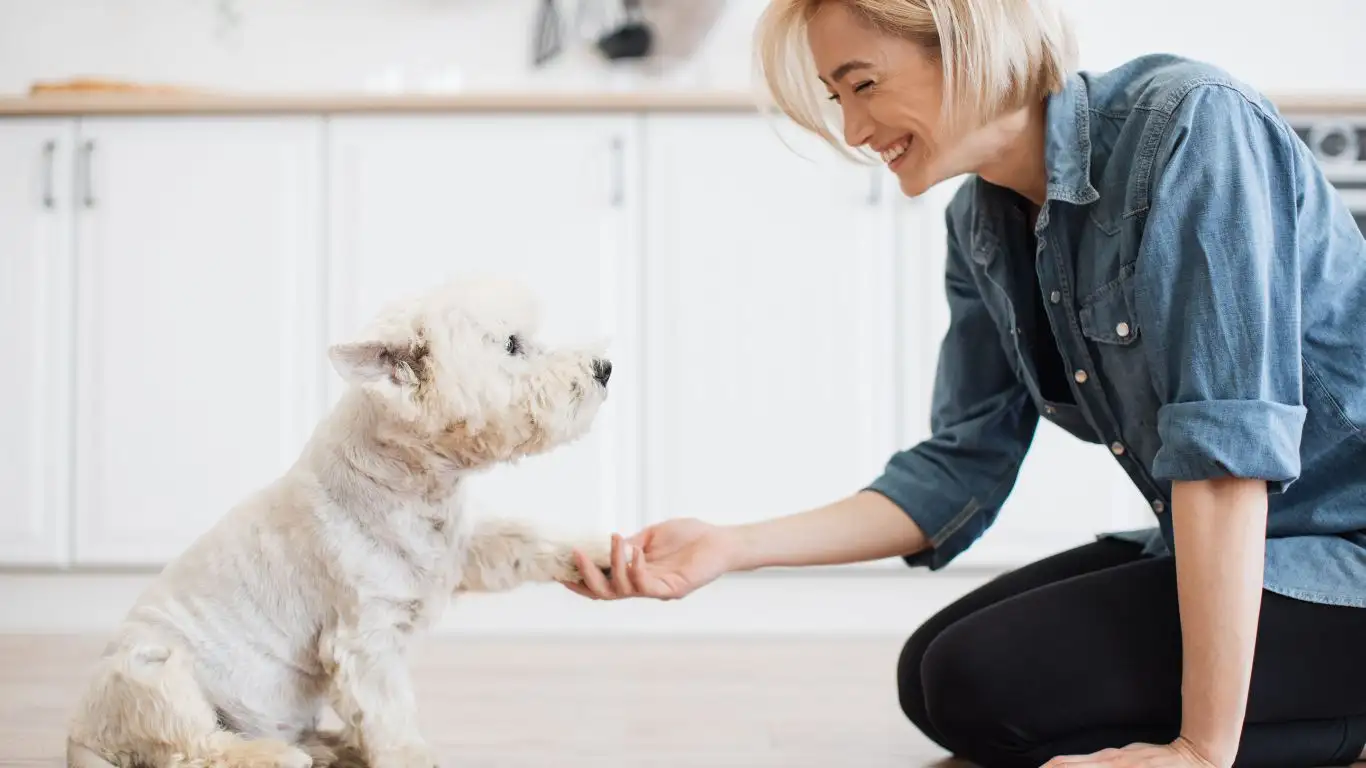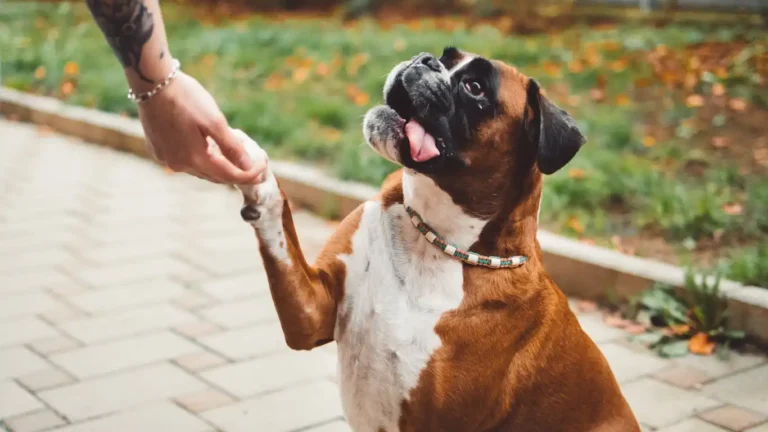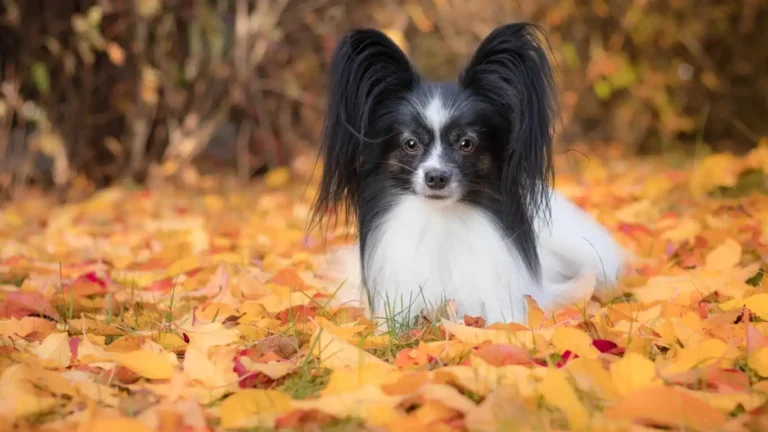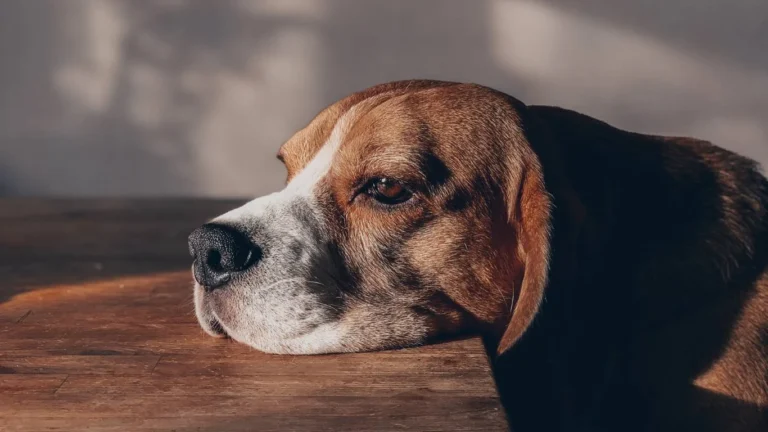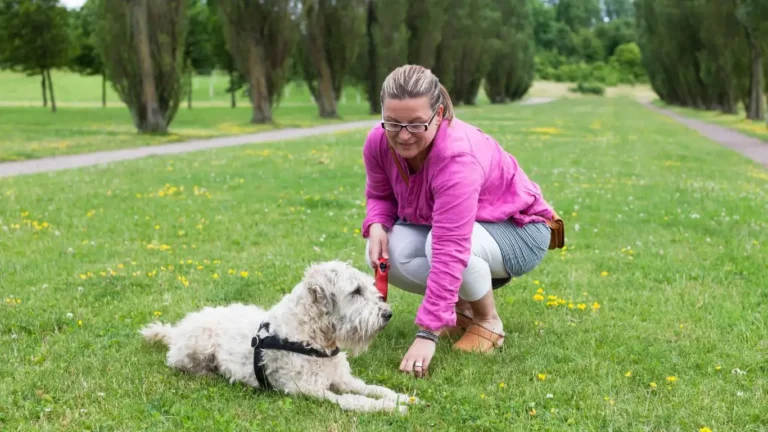How to Train a Dog to Chill Out After Exercise with Proven Tips
If you’ve ever spent a lively afternoon running around with your dog, you probably know how tricky it can be to get them to calm down afterward. As a Canine-Assisted Therapy Trainer, I’ve seen firsthand how important it is to teach dogs not just to be active, but also how to chill out after exercise. It’s not just about keeping them physically healthy—it’s about helping them regulate their energy so they can relax and settle into a peaceful state, which benefits both dog and owner.
Many dog parents come to me with the same question: “How do I train my dog to chill out after exercise without the constant bouncing off the walls?” The answer isn’t a one-size-fits-all magic trick. It takes patience, understanding your dog’s unique personality, and some smart training techniques. I’ll share some of the best tips and tricks from my experience to help you get there.
Why It’s Important to Train Your Dog to Chill Out After Exercise
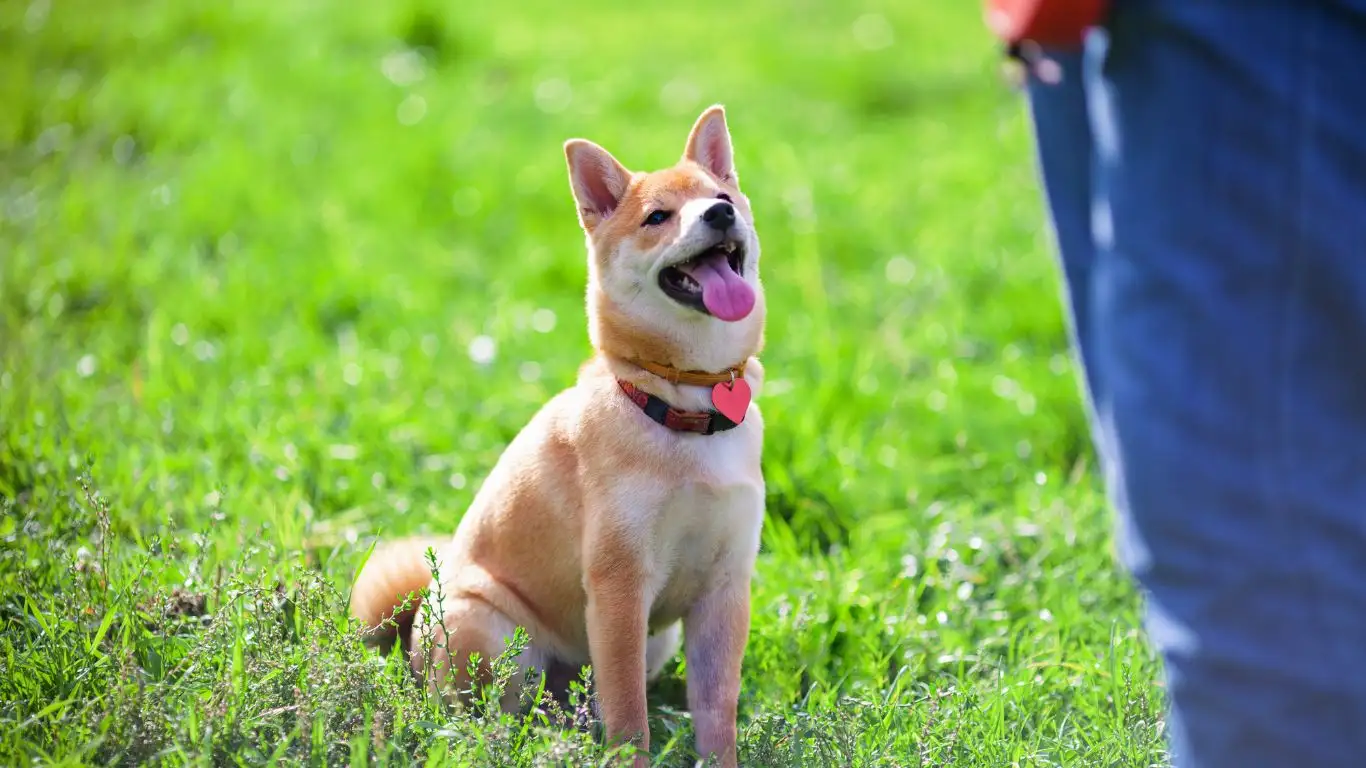
First off, you might wonder why it’s so crucial to train your dog to relax after activity. Exercise naturally revs up a dog’s energy, releasing adrenaline and stimulating their mind and body. But when that energy fizzles out, some dogs struggle to downshift. Instead, they can become hyperactive, restless, or even anxious, which often leads to destructive behavior or trouble settling down at home.
From my years working with therapy dogs, I’ve learned that a dog who knows how to calm themselves after a play session or workout is much more balanced and happier overall. It helps with their mental health, too—dogs, like humans, need downtime to process and recover. When a dog learns to chill out, you’re essentially teaching them self-control, a key skill that makes all kinds of everyday life situations easier, whether it’s waiting calmly during dinner or settling in for a nap.
How to Train a Dog to Chill Out After Exercise: Getting Started
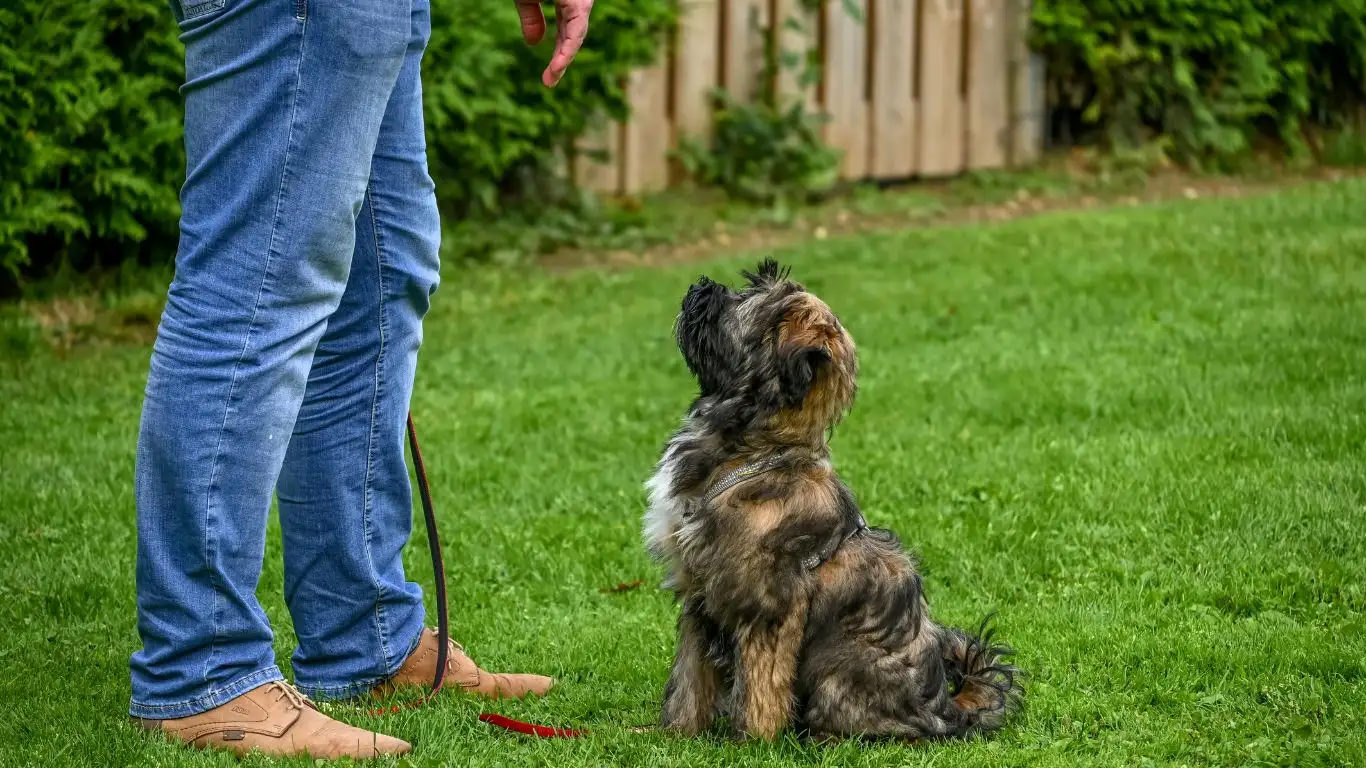
Create a Calm Transition Space
One of the first steps I recommend is establishing a dedicated calm zone or “cool-down” spot where your dog can relax after exercise. This might be a cozy corner with their bed or a specific room where they feel safe. During training, consistently lead them to this space as soon as the activity ends.
Here’s what I’ve noticed works well:
- Use a gentle voice: Avoid exciting or loud tones immediately after play. Your dog takes cues from your energy, so keep it mellow.
- Offer comfort: A favorite blanket, chew toy, or calming scent can help signal this is a time to wind down.
- Limit distractions: Turn off the TV, dim the lights, and create an environment that encourages rest.
Use Structured Cool-Down Activities
Rather than abruptly stopping all movement, it’s better to gradually lower your dog’s excitement level with structured activities. From my experience, transitioning from high-energy play to something a bit more low-key sets the tone for relaxation.
Some ideas include:
- Walking calmly on a leash for 5–10 minutes after a vigorous game.
- Engaging in gentle obedience commands like sit, down, or stay to shift their focus.
- Incorporating scent work or simple puzzle toys that mentally stimulate without physical exertion.
These steps help your dog’s brain switch gears and ease into a calmer state rather than feeling like the excitement just stopped abruptly.
Using Positive Reinforcement to Encourage Calm Behavior
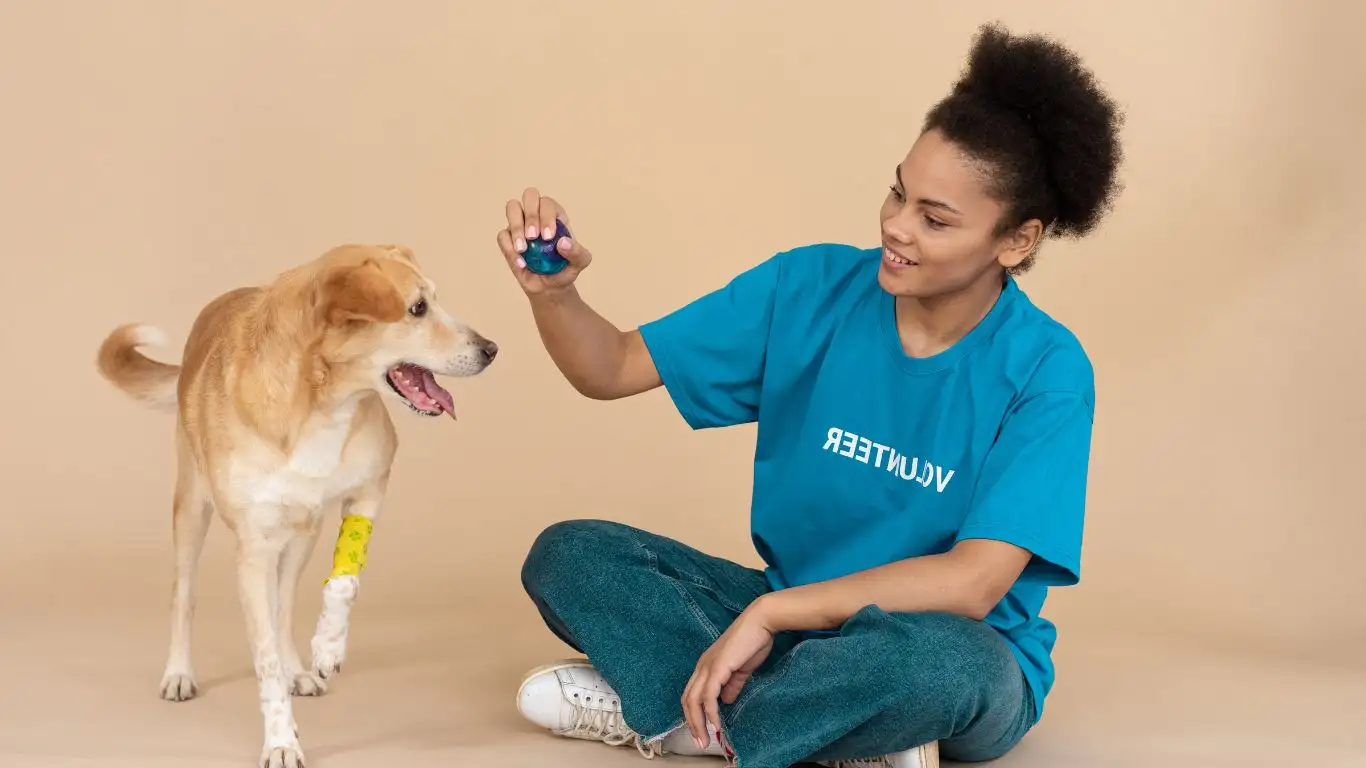
One of the most powerful tools I’ve relied on as a Canine-Assisted Therapy Trainer is positive reinforcement. When it comes to teaching your dog how to chill out after exercise, rewarding calm behavior works wonders. Dogs thrive on clear feedback, and letting them know when they’re doing the right thing makes a huge difference.
Here’s how I usually approach it: right after your dog begins to settle down, whether that’s lying quietly or calmly sitting in their cool-down spot, immediately reward that behavior. This could be with a gentle pet, a soft voice saying “Good calm,” or a small treat—whatever your dog responds to best.
Consistency is key. Over time, your dog will start to associate relaxing after exercise with positive outcomes, and the calming behavior becomes more natural. In my practice, I’ve seen even the most high-energy dogs learn to slow down when they realize it gets them praise and rewards.
Tips for Effective Positive Reinforcement:
- Timing matters: Deliver your reward right as the calm behavior starts so your dog makes the connection.
- Keep treats small: You don’t want your dog to get overly excited from food rewards.
- Use varied rewards: Mix treats with affection or a favorite toy to keep things interesting.
- Be patient: Some dogs take longer to catch on, especially if they’re naturally more excitable.
Incorporating Relaxation Exercises Into Your Routine
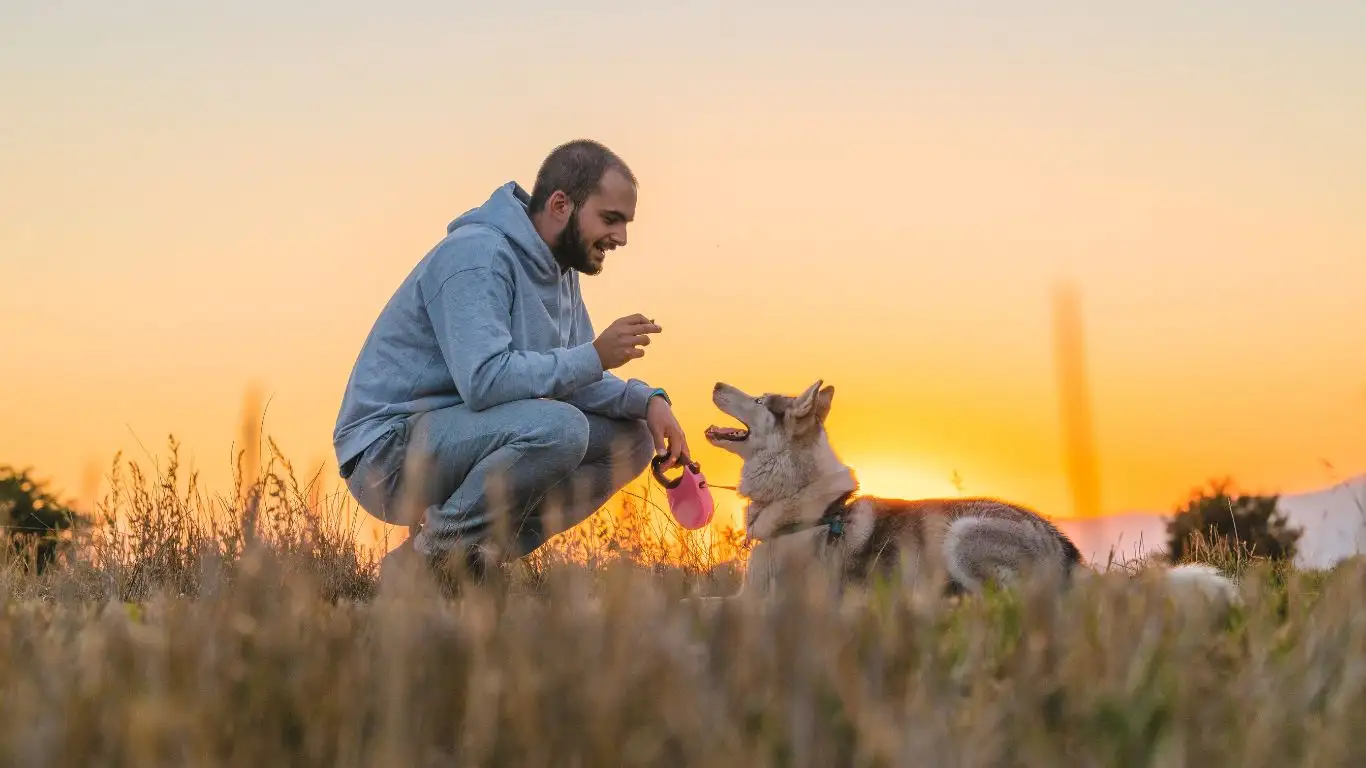
Another approach that’s worked well with my therapy dogs is teaching specific relaxation exercises. This might sound fancy, but it’s really about giving your dog tools to help their own body and mind settle down.
One simple exercise I often start with is the “settle” command. It’s basically training your dog to lie down calmly and stay there until released. You can teach this by:
- Having your dog lie down in their calm zone.
- Rewarding them for staying still for just a few seconds.
- Gradually increasing the time they stay settled before giving the release cue.
- Pairing the command with a gentle, soothing voice to reinforce calmness.
As your dog masters this, it becomes easier to shift from high-energy activity to a calm, controlled state. I’ve noticed that dogs who know how to “settle” on command are more comfortable in a variety of situations, which makes life easier for everyone.
Another useful technique is deep pressure therapy—gently applying pressure by petting or using a weighted blanket designed for dogs can help reduce anxiety and promote relaxation. I’ve used this especially for dogs who get a bit anxious after exercise, and it’s amazing how quickly it can bring their energy down.
Creating a Relaxation Routine
Incorporate these relaxation exercises into your post-exercise routine for the best results. Consistency makes a huge difference, and your dog will come to expect and respond to the pattern.
- End active play with a calm walk or some light obedience training.
- Bring your dog to their calm zone and cue them to settle.
- Use gentle petting or deep pressure to encourage relaxation.
- Reward calm behavior consistently.
- Give your dog time to rest and recharge in a low-stimulation environment.
Understanding Your Dog’s Unique Energy and Temperament
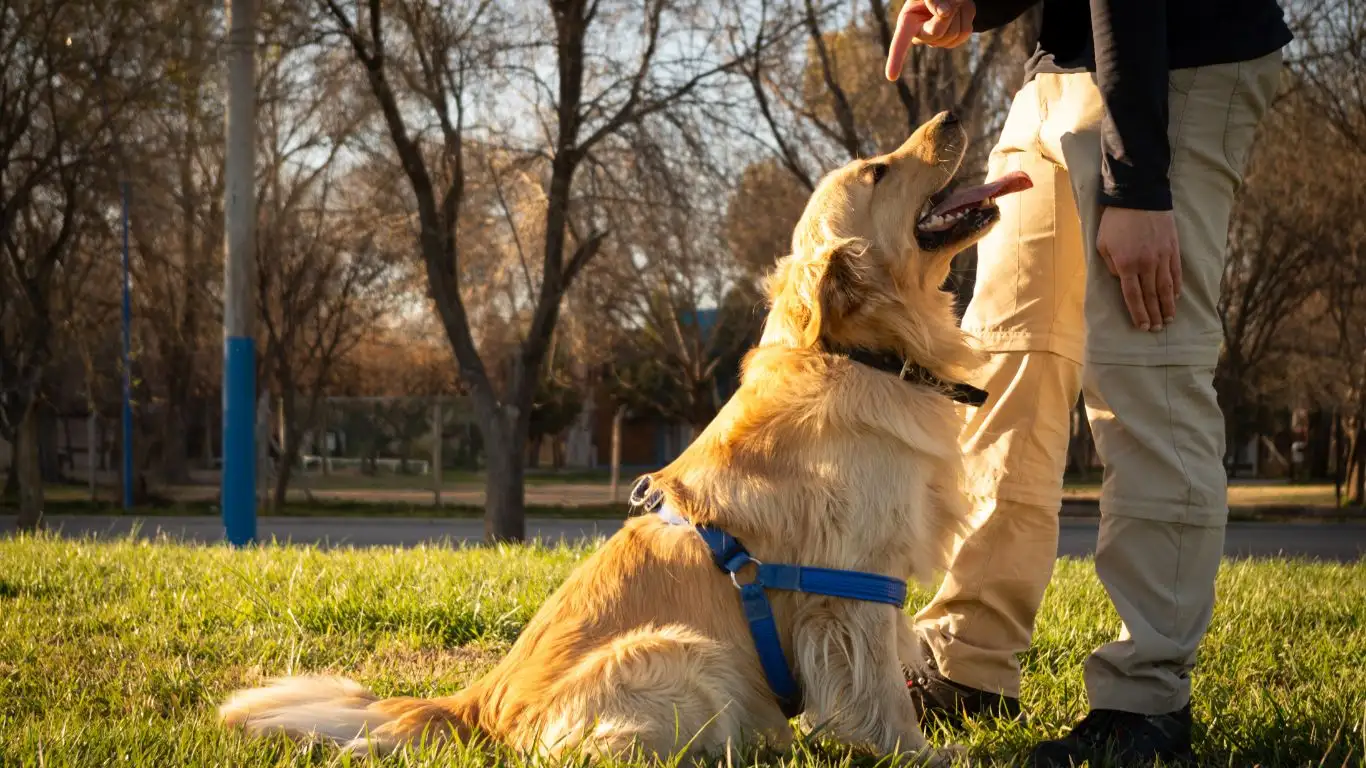
One thing I always emphasize with clients is that every dog is different. What works for one pup might not work for another because their energy levels, breed traits, and personality all play a role in how quickly they settle after exercise.
For example, a young Border Collie or Australian Shepherd is naturally wired for constant movement and mental challenges, so their “chill out” time might need more structure and patience. On the other hand, a laid-back Basset Hound or Bulldog might relax fairly quickly with minimal effort.
Knowing your dog’s baseline energy and temperament helps tailor your approach. Sometimes, dogs with very high energy benefit from extra mental stimulation during cool-down—like puzzle toys or scent work—to help them unwind.
In my work, I always start by observing how a dog behaves right after exercise and then design a plan based on that. If your dog is jumping around or barking uncontrollably, it means they need more structured transitions and possibly more frequent breaks during playtime.
Signs Your Dog Needs More Help Calming Down:
- Excessive panting or pacing after play.
- Jumping or mouthing persistently.
- Difficulty focusing on commands.
- Destructive behavior like chewing or digging shortly after exercise.
When you recognize these signs, don’t hesitate to slow down your training pace and add more calming exercises. Trust me—helping your dog learn to relax is a journey, but it’s one worth taking for a happier, healthier pup.
Managing Energy Levels Throughout the Day for Better Chill-Out Results

Something I always stress to dog owners is that training your dog to chill out after exercise doesn’t start *just* when the play session ends. It really begins much earlier—in how you manage your dog’s energy throughout the entire day. Over the years, I’ve noticed that dogs who have a balanced daily routine tend to settle down easier after their workouts.
Here’s the deal: dogs naturally build up energy, and if it’s not properly channeled, it can lead to hyperactivity or frustration. So, part of training them to chill out post-exercise involves managing that energy from morning till night. That means mixing physical activity with mental stimulation, regular rest periods, and even nutrition.
From personal experience, some of the most successful dogs I’ve worked with have routines that look something like this:
- Morning walk or light exercise: Gets their blood flowing and helps reduce built-up tension overnight.
- Midday mental work: Puzzle toys, scent games, or basic obedience training sessions to keep their mind sharp without overexciting them.
- Afternoon high-energy play: Time for running, fetch, or agility exercises—where they really burn off steam.
- Post-exercise cool-down: Gradual transition into calm behavior using the techniques we talked about earlier.
- Evening wind-down: Quiet time, cuddles, or gentle petting to signal the end of the day.
Keeping this kind of rhythm helps your dog know when it’s time to play and when it’s time to relax. Over time, their body learns the cues, making it easier for you to ask them to chill out when exercise ends.
Nutrition and Hydration Play a Role Too
It might surprise some people, but what your dog eats and drinks can influence how easily they calm down. After exercise, make sure your dog has access to fresh water to help cool down and rehydrate. Also, feeding your dog right before or after vigorous play can impact their energy levels—too much food right before play can make them uncomfortable, while a light snack after can promote calmness.
I always recommend discussing your dog’s diet with your vet, especially if your dog tends to be hyperactive or anxious. Certain diets and supplements can help support balanced energy levels and overall wellness.
Common Mistakes and How to Avoid Them
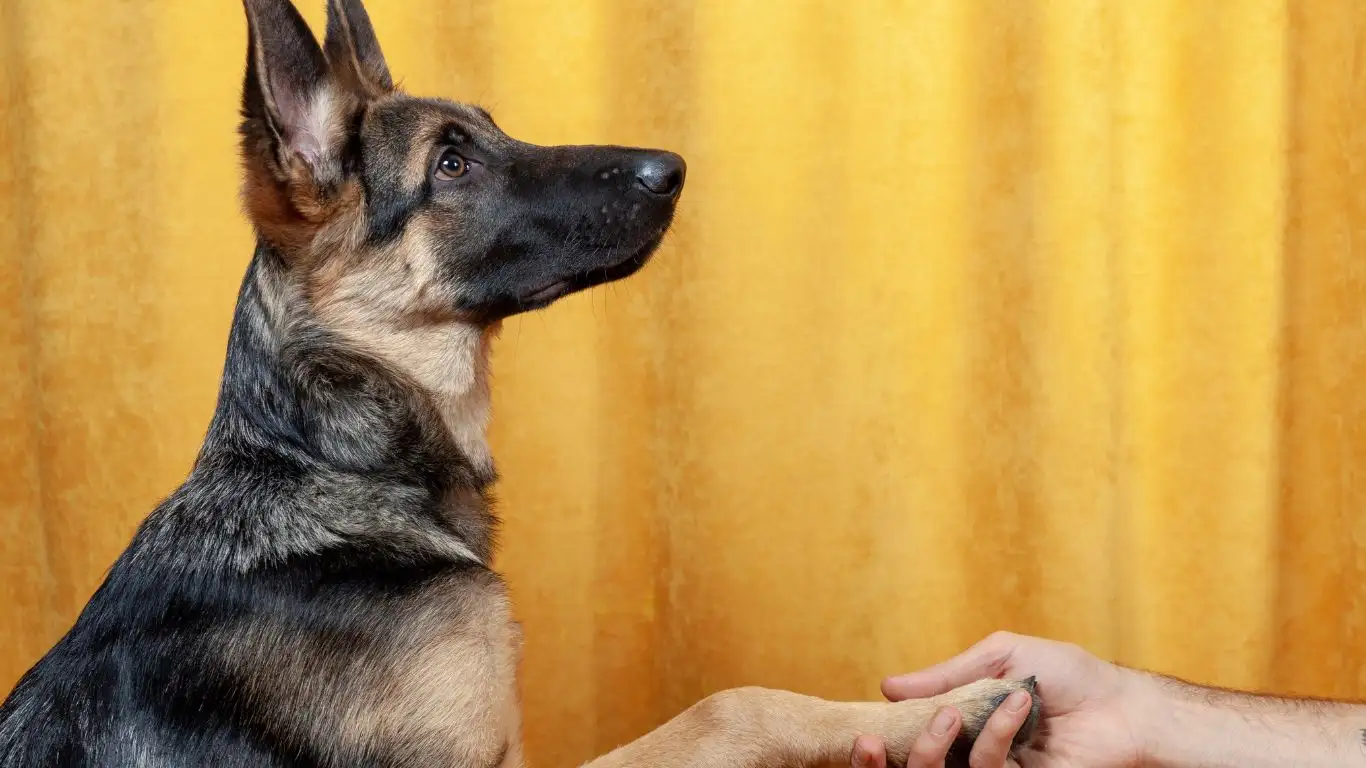
After training countless dogs, I’ve noticed a few common pitfalls that can slow down or even undo progress when teaching a dog to chill out after exercise. Knowing these ahead of time can save you a lot of frustration.
1. Ignoring the Cool-Down Phase
Jumping straight from high-energy play to ignoring your dog or letting them run wild indoors is a sure way to keep their adrenaline sky-high. Always carve out time for that gradual transition. Trust me, it pays off in calmer evenings.
2. Inconsistent Cues and Rewards
If you’re sometimes praising calm behavior and other times not, your dog will get confused about what you expect. Be consistent with your commands and rewards. Even if you’re tired, those small moments of recognition help solidify the calm behavior.
3. Overexertion Without Mental Stimulation
Dogs don’t just need physical exercise; their brains crave stimulation too. A dog who’s physically tired but mentally bored might still have trouble calming down. Mix in some scent work, training, or puzzle toys alongside physical activity.
4. Not Tailoring to Your Dog’s Needs
Remember, every dog is different. What works for a Labrador might not work for a Chihuahua. Pay attention to your dog’s signals, and don’t hesitate to adjust your approach. In my work with therapy dogs, I’ve seen that customizing strategies to fit personality and breed traits is essential for success.
Final Tips from a Canine-Assisted Therapy Trainer
One last nugget from my experience: patience and empathy go a long way. Teaching a dog how to chill out after exercise is a process that takes time and understanding. Celebrate the small victories, like the first time your dog lies quietly for a full five minutes after play.
Here are a few quick reminders to keep in mind:
- Stay calm yourself. Dogs pick up on your energy, so your chill vibes help them settle.
- Be patient and consistent. Training is a marathon, not a sprint.
- Use variety in rewards. Mix treats, praise, and toys to keep your dog engaged.
- Respect your dog’s limits. If they seem overwhelmed or anxious, slow down and regroup.
At the end of the day, teaching your dog to relax after exercise isn’t just about managing behavior—it’s about building a stronger bond through trust, communication, and understanding. And that’s what truly makes the difference.
References
Disclaimer
This article is intended for informational purposes only and is not a substitute for professional veterinary advice or training services. Always consult your veterinarian or a certified dog trainer for guidance tailored to your dog’s specific needs and health conditions.
